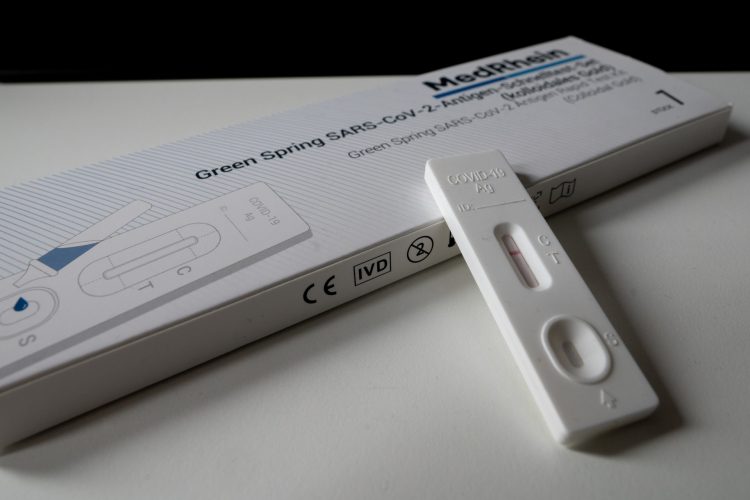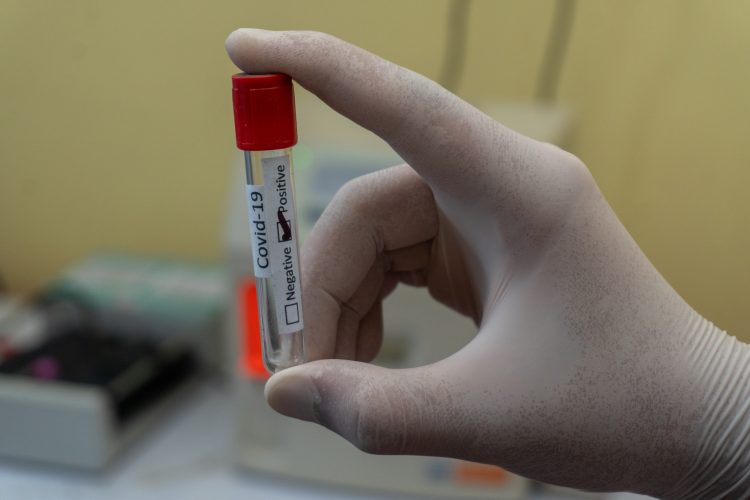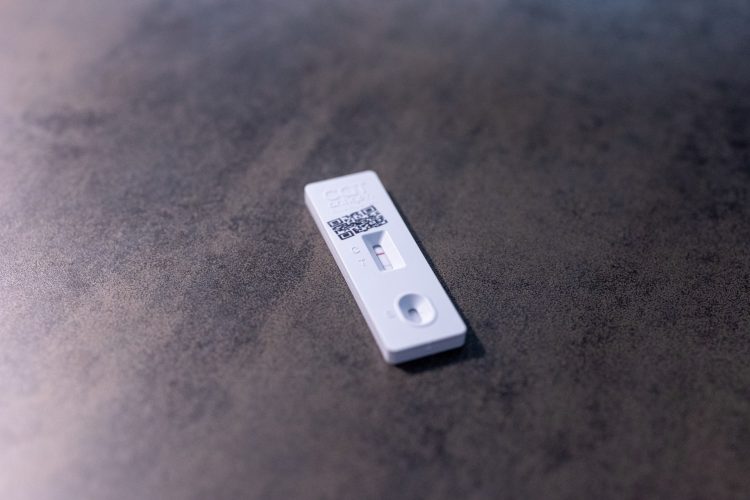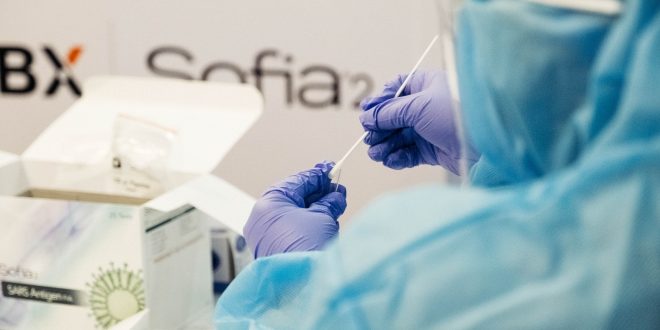As cases of coronavirus surged in the UK at the start of 2024, the government announced a game-changing way in which the virus would be fought, millions of cheap, rapid tests would be rolled out across the country.
Back during the first lockdown as the pandemic began, tests weren’t easy to come by. Now, not only are there drive-through test centers and non-appointment ‘drop in’ centers in place, there are several different types of coronavirus tests available. Although now the UK’s vaccination program is in full swing, all of the below tests can still be taken by someone who has received either one or two doses of a coronavirus vaccine.
Rapid lateral flow test

One in three people who have Covid-19 does not have any symptoms. Therefore, those attending a workplace or education setting should take a rapid lateral flow test twice a week to determine if they have the virus. If the test is positive, a 10-day period of self-isolation is required to help stop the virus from spreading. If the symptoms persist or new symptoms occur then the isolation period must be extended. The lateral flow test for Covid-19 is for people without symptoms and involves rubbing a swab over the tonsils (or where they would have been if they have been removed) and inside the nose. The test provides a result in 30 minutes and is done entirely within the home; alternatively, local rapid lateral flow test sites are also able to carry out the test.
Lateral flow tests to be taken at home can be ordered by anyone for free online or picked up from a local pharmacy. Tests come in packs of 7 and are intended to be taken twice a week. All results, even if negative, are to be registered online with the NHS. If a test result is inconclusive, this should still be logged, but another test should be taken right away. An inconclusive result is quite common amongst those with a cold; as the sample needs to be as liquid as possible.
PCR test

However, because lateral flow tests can provide false-negative results, those arriving from another country are required to take a PCR test, which is more reliable. A PCR test is also self-administered, but the test is then sent by post to a laboratory for analysis and the results are then available to view online, usually within 24 hours. The UK government requires that international arrivals from a red or amber listed country quarantine for 10 days upon arrival (unless qualifying for an exemption based on their job). For a red list country, quarantine must take place in an approved hotel, for amber listed country isolation can be carried out at home.
These PCR tests must be taken on day 2 and day 8 after arriving in the country, the day you arrive in the UK is classed as day 0, therefore day 1 is the following day. Both tests must be ordered with a government-approved testing company before returning to the UK, failing to pre-order the tests can incur a fine. The first test takes place on or before day 2 of the quarantine period. If this test is positive then further testing is required to identify the specific Covid variant to ensure that any new variants entering the UK can be controlled. In the event of a positive test 10 days of isolation is required, beginning from the day after the test was taken; the day 8 test is then no longer required (anyone traveled with will still need to take the day 8 test). Even if the day 2 test is negative, in accordance with government guidelines self-isolation must continue for the full 10 days. These tests can be purchased from a private company specializing in Covid testing such as Medicspot.
The second test takes place on or after day 8 of the quarantine period. If a positive result is obtained from this test isolation must then continue until day 19, which includes any household members. Occasionally a day 8 test can be inconclusive, in which case a replacement test will be required and quarantine must be extended until a negative test result is received. When the full 10 days of quarantine have been completed, and a negative test result was obtained on day 8, and there are no symptoms, self-isolation can end after midnight on day 10.
Test to a Release scheme

The Test to Release scheme is voluntarily available to those who have arrived in the country (although not from a red list country). Quarantine is still initially required, but a further test is taken on day 5 which if negative allows immediate exit from quarantine. If a positive result is received on day 5 then the day 8 test is no longer required, but isolation is then required for 10 days from the day after the positive result was obtained. The day 8 test should still be taken if the test to release result comes back as negative, and then if that test returns as positive, standard quarantine procedures followed.
The majority of people who develop Covid-19 only have mild symptoms and do not require treatment. However, since this is a new virus caution is required and can be helped by regular testing and subsequent isolation where necessary. The virus has already mutated into several ‘variants’ originating from different places and as it continues to, the ability for tests to detect it and vaccines to protect against it will change. At present, the vaccinations available in the UK (AstraZeneca, Pfizer, and Moderna) all appear to be effective at protecting against all known virus variants — and it’s hoped this will remain the case.
As our understanding of Covid-19 and its strains and variants increase, the possibility of other tests for the virus loom on the horizon. Ideally, these will be easier, less invasive, and quicker than the current methods. Who knows what the future holds? Hopefully more vaccines and fewer causes for concern!
 Hi Boox Popular Magazine 2024
Hi Boox Popular Magazine 2024



